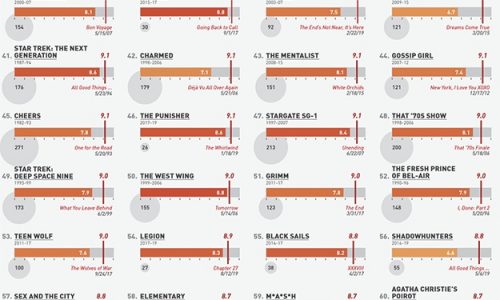
It’s been 90 years since the first television was designed––how have things changed since then? Let’s examine the evolution of television.
As I previously mentioned, the first television was designed in 1927 thanks to Philo Farnsworth. In 1941, the FCC authorized commercial broadcasting. A few years later, cable television was introduced in the U.S.
Fast-forward a bit to the 1990s. DirecTV became the first satellite television system in ’94, and Netflix was founded as an online rental DVD service three years later. The first digital video recorder (TiVo) wasn’t far behind.
So what’s life like today? Half of the U.S. population consumes some form of digital television, whether it’s Netflix, Hulu, YouTube, or another streaming service.
Interestingly, millennials lead for almost every subscription service, including cable. Baby Boomers aren’t fans of cable television or Amazon Prime, although they much prefer watching live television instead of streaming or watching online.
So now let’s talk about binge-watching. 70% of Americans binge-watch TV shows, watching an average of five episodes in one sitting. Millennials are most likely to binge-watch, and they indulge at least once a month.
Having television on-demand is a great thing, but there is a downside: It’s killing cable television. Find out more about that here.





